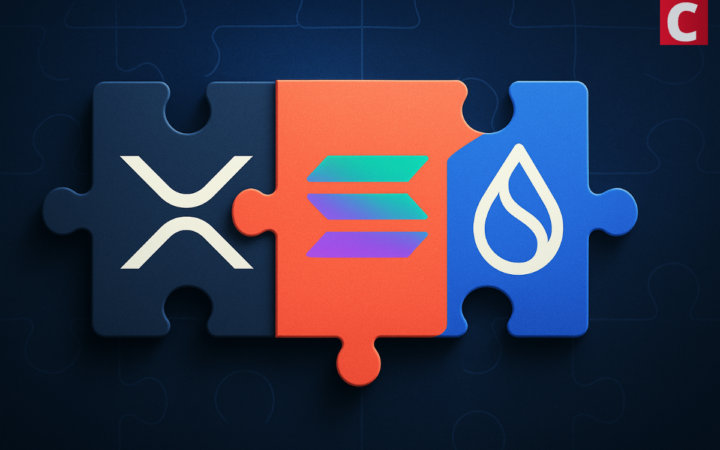
It’s evident that we are in the midst of a season of technological change that’s transitioning the digital age from one era to the next. This shift is both intrinsically felt and tangibly evident, and it’s spurred on by numerous shortcomings in our current technology landscape.
Data breaches are becoming more common and more expansive, compromising the information of billions of internet users and costing companies millions of dollars. At the same time, a renewed emphasis on privacy in the aftermath of a myriad of disturbing headlines about Facebook and other web-based platforms is causing many others to rethink their relationship with the internet.
Finally, the web is more transactional than ever as more consumers go online to shop, acquire services, and even find a suitable partner.
These fundamental shifts in the way we use the internet are inspiring change in the technological underpinnings that power these platforms.
An Abundance of Blockchain Hype
The result is the incredible popularity of blockchain technology. In the aftermath of the cryptocurrency movement that dominated headlines in 2017, the blockchain has emerged with a compelling value proposition that has the potential to impact virtually every organization in every sector.
Major companies including IBM and Microsoft are developing proprietary blockchain platforms, and thousands of startups are striving to harness this technology to power their next season of growth and innovation.
Indeed, a study by PwC found that 84% of companies are, to some degree, involved in blockchain implementation.
Unfortunately, mass adoption may be more hyperbolic than it is realistic. The blockchain’s popularity often masks the hurdles to mass adoption.
Specifically, blockchain adoption requires connectivity between disparate blockchains and between traditional, centralized internet platforms. To put it simply, mass blockchain adoption requires that the technology communicates and cooperates with existing infrastructure. People need to be able to use blockchain technology with flexibility and ease because, while it will undoubtedly play a prominent role in the digital future, it will not entirely replace existing infrastructure any time soon.
Creating Connections in a Decentralized Environment
Currently, the lack of connectivity is creating headaches for those looking to hasten blockchain adoption. Deloitte, a research and consulting firm that studies blockchain integration, concluded, “A lack of standards grants blockchain coders and developers’ freedom—and can give IT departments headaches as they discover that platforms can’t communicate without translation help.”
In 2019, MESG is launching its decentralized marketplace where developers can posit and profit from their work on blockchain Modules that serve as the basis for many applications. While platforms like GitHub promote collaboration as an open-source code repository, MESG provides a financial incentive for developers to create tools that facilitate connections between different blockchain and between decentralized and centralized networks.
By providing a financial incentive for developers to create products that build connections – including APIs, decentralized networks, and autonomous microservices – blockchain adoption may become a more realistic goal for more organizations.
In addition to a marketplace solution, the MESG engine specifically equips organizations to connect a blockchain to non-blockchain solutions, opening the technology to a myriad of different tech solutions.
By helping companies build cohesion across the entire tech space, MESG opens the door for developers, product managers, and entrepreneurs to create products without boundaries.
In short, they are no longer restricted by the limitations of a single tech solution.
Studying the factors that allowed the internet to become the expansive technology that it is today, the Harvard Business Review concluded that “Once this basic infrastructure gained critical mass, a new generation of companies took advantage of low-cost connectivity by creating internet services that were compelling substitutes for existing businesses.”
This same connectivity conundrum is similar to the one facing blockchain technology today. Before the blockchain experiences mass adoption, developers need to create the products that connect it to other aspects of the digital economy. While this was once an expensive proposition, new products, like the MESG marketplace and engine, are positioned to make it more tenable for companies of all sizes to pursue this endeavor.






